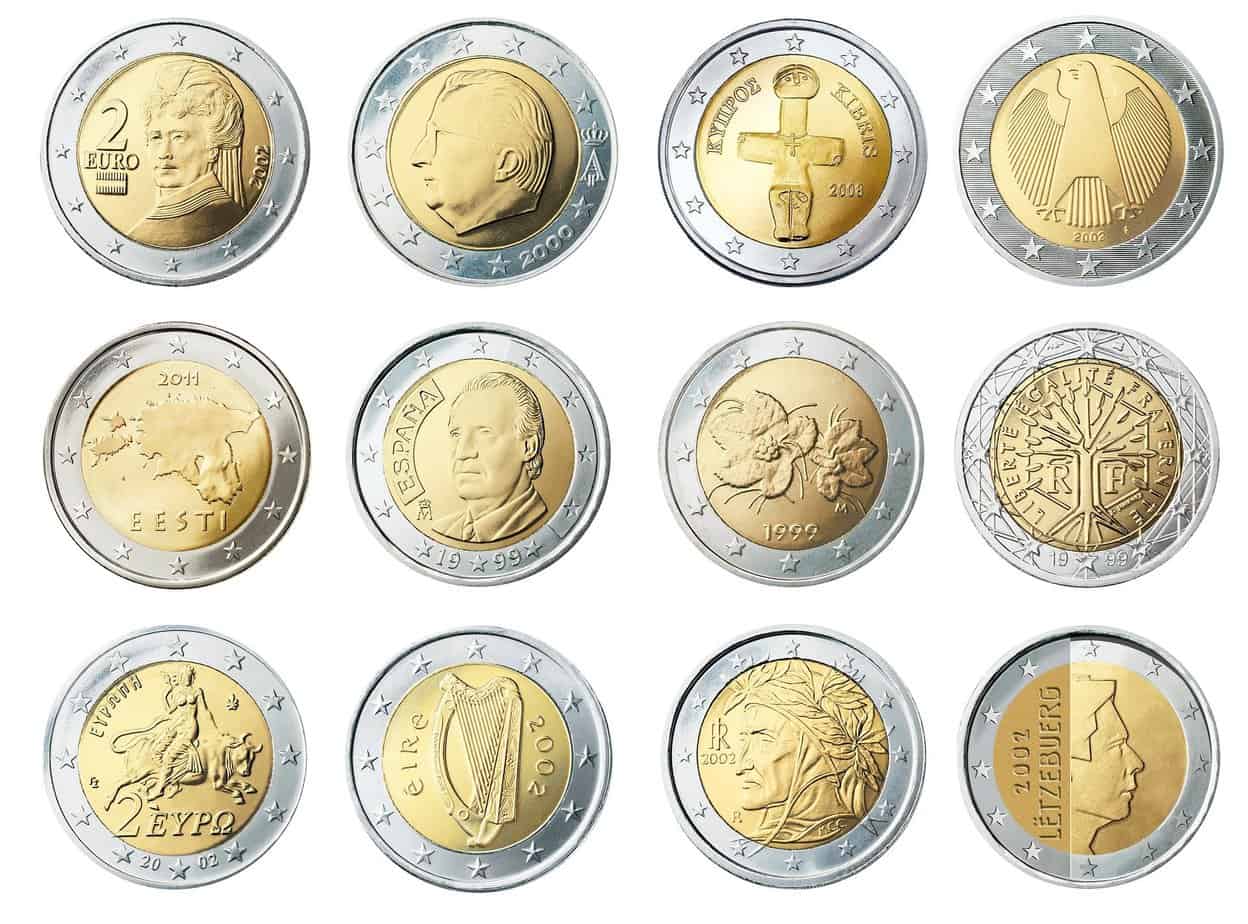Exchange Rate Euro to Dollar at Two-Month Low
EUR/USD current price is at 1.1676 at 2.10 pm GMT.

The exchange rate Euro to Dollar continues to move downwards in the short-term horizon. The EUR/USD currency pair has fallen below 1.17 levels on Wednesday. Now that the major support has broken, it is expected to move towards 1.15 levels.
The European Central Bank has strengthened the economy with huge stimulus packages, tax cuts, and other measures to revive employment in the zone.
Consumer confidence has improved to -13.9 in September from -14.7 in August. In April 2020, it was at its lowest level at -22. Restrictions imposed are slowly improving, and this has brought in consumer confidence.
Fiscal and monetary measures have prevented an unprecedented recession in the Eurozone, which has helped in consumer spending.
With coronavirus infections on the surge in countries like Spain and France, the risk of further lockdown is on the increase. Travel restrictions are reintroduced now. The mortality rate has come down, and this has helped people resume normal activities once again.
German Manufacturing PMI has gone up to 56.6 in September 2020. In August, it was 52.4. Services PMI has contracted in September to 49.1, while it was 52.5 in August.
France Manufacturing PMI in September has gone up to 50.9, while it was 49.8 in the previous month. The factory activity has rebounded. Employment has declined due to the second coronavirus wave that has resurged to hit the economy.
Gold Slips with US Dollar Hitting Multi-Week High
With the US Dollar on a two-month high, prices of gold have slipped. Prices have gone down by 3% on Monday to $1,882. With the fear of another lockdown in the European region, the exchange rate Euro to Dollar is weak, and investors are back into the dollar index, while gold prices are in a correction mode.
The US dollar has been the strongest currency on Wednesday. Good economic data has supported the US Dollar Index. With Europe hit by the second wave of coronavirus cases, the greenback is on the uptrend. Further, with presidential elections ahead, the dollar is prone to more volatility. On Wednesday, it hit a two month high at 94.19.
The US Dollar hit a two-year low in August, going below 92.00 levels, after which it rebounded to move higher.
Existing home sales have gone up 2.4% to 6 million, month-on-month in August. Chicago Fed President Charles Evans has stated that the US economy may have a slower recovery, and an additional fiscal stimulus package is required to drive the economy.
The election-year in the US has brought a weakness into the stock market. With political tension growing the United States, investors prefer safe-haven investments, feel experts.
EURO Staggers with Surging Coronavirus Cases
The Sterling has come under pressure in September. The United Kingdom was expected to face a disorderly exit from the European Union, but constructive comments are coming from EU President Ursula von der Leyen. “It can be done”, he says.
The controversial Internal Market Bill was brought in by PM Boris Johnson, which raised much concern. But the UK government has now offered a compromise towards some elements of the Bill and its execution.
With trade negotiations coming alive, the Pound now seems undervalued.
With the spread of Covid-19 on the increase, the global stock markets are facing a deep decline.
Diligent mask-wearing, maintaining social distancing, and reduced restaurant hours are some measures to contain the spread of the virus.
Fear that a national lockdown in the United Kingdom has kept the Pound week. It may require government intervention to bring a stop to the spurting COVID cases in the country.
New Zealand Dollar Remains the Laggard
The New Zealand dollar, which was performing well until last week, is facing risk aversion currently. It is the laggard among major currencies. After hitting a double top at 0.6800, it saw a steel fall to 0.6592 levels on Wednesday.
Australia’s central bank is seeking various measures to meet its employment goals and to contain inflation, says Deputy Governor Guy Debelle on Tuesday. Interest rates are already at a record low at 0.25% to meet the coronavirus effect on the economy. Further measures will be implemented to support the flagging economy, says Debelle. Three-year yield bonds at 0.25% and negative rates are other options considered by the RBA. The Australian dollar is at a six-week low at $0.7116.